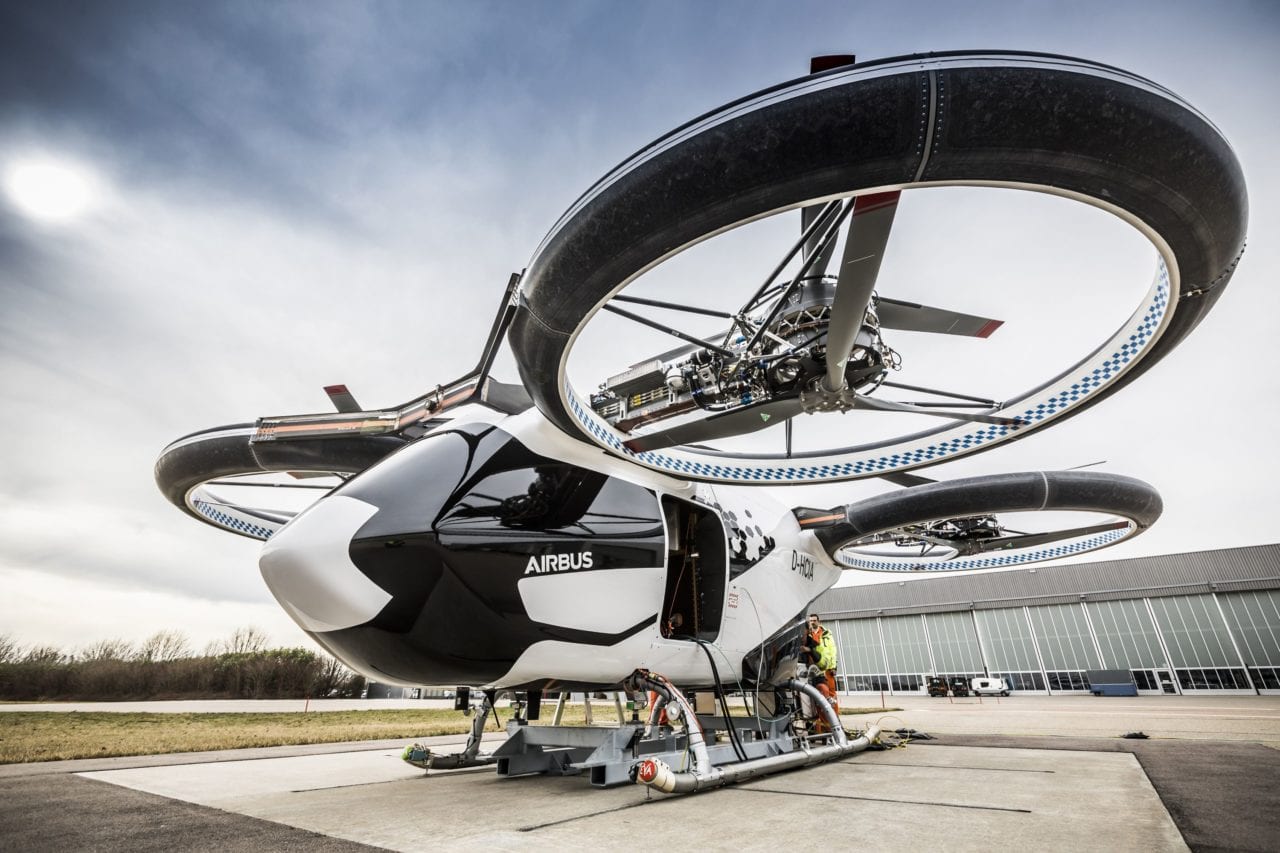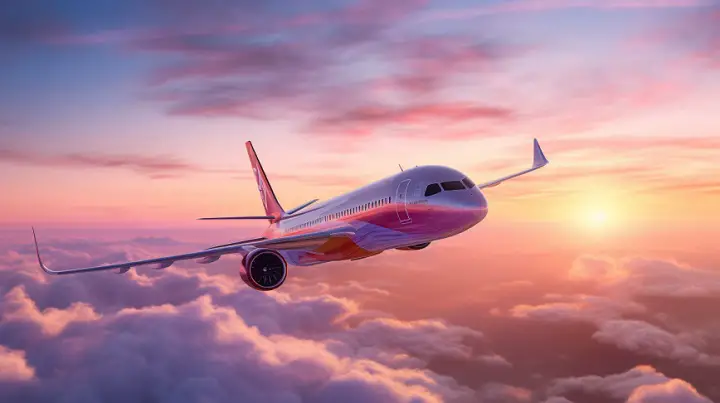
What’s Wrong With Urban Helicopter Commuting? Why Didn’t It Succeed?
The idea of using helicopters for daily urban commutes has been around for decades, with companies like Uber proposing “flying taxi” services as far back as the 2010s. However, urban helicopter commuting has failed to take off and become a viable mainstream transportation option for most city dwellers. In this article, we’ll explore the reasons why helicopter commuting has not succeeded as expected, the obstacles that need to be overcome, and what changes are required to make urban helicopters a practical solution for mass transportation.
The Promise and Appeal of Urban Helicopter Commuting
The prospect of being able to fly over congested urban traffic in a personal helicopter seems hugely appealing to many busy professionals and city residents. Proponents of urban helicopter commuting point to several potential benefits:
- Dramatically reduced commute times: Flying from point A to point B would be significantly faster than driving or taking ground public transit. For example, a 1 hour drive could become a 15 minute flight.
- Avoid traffic congestion: Bypassing crowded streets and highways would enable commuters to have more predictable, consistent commute times.
- New aerial perspectives of cities: The ability to see urban landscapes from the sky in a new way.
- Convenience and schedule flexibility: Demand-based, on-demand aviation could allow professionals to commute according to their schedule.
- A futuristic, exciting mode of transport: Bringing a sci-fi concept like flying cars into the real world.
For many busy business people and city residents, the productivity and time-saving potential of quick helicopter commutes is very enticing. The appeal is easy to understand – who wouldn’t want a faster, more flexible and interesting commute?
The Commercial Failure and Shortcomings of Past Helicopter Commuting Attempts
While the promise of helicopter commuting is clear, the actual track record of companies trying to offer these services is very poor. Past attempts at building viable urban helicopter commuting services have been commercial failures.
For example, helicopter taxi services struggled to get off the ground in major US cities like New York and Los Angeles throughout the 1960s and 70s. A 1989 promise by then-New York mayor Ed Koch to initiate a helicopter commuting service was permanently grounded.
More recently, Uber’s grand plans to launch an Uber Air service by 2023 have been pushed back indefinitely. Other heavily hyped concepts like Volocopter have also failed to materialize.
There are several factors that explain why helicopter commuting has consistently failed to deliver on its promise:
Low Passenger Capacity
- Helicopters have very limited seating, typically accommodating 1 pilot and just 3-5 passengers maximum. This makes them fundamentally unscalable.
- For context, a subway train can transport up to 1,500 passengers. With helicopters, a huge fleet would be needed to transport people at scale.
High Costs and Prices
- Acquisition and operating costs for helicopters are very high. Prices to rent helicopters typically start at $500 per hour minimum.
- The high costs mean helicopter commute prices would be unaffordable for most middle-class commuters and only viable for wealthy elite flyers.
Safety and Noise Concerns
- Helicopter safety records are not perfect, and their elevated risk profile makes large-scale adoption questionable among the general public.
- Helicopter noise and vibrations can disturb neighborhoods and people on the ground. Their large-scale use would lead to noise pollution and pushback from city residents.
Lack of Infrastructure and Air Traffic Management
- Major infrastructure investments would be required to build out vertiports for takeoff and landing. Existing helipads have very limited capacity.
- Safely managing busy low-altitude air corridors and aircraft separation would require air traffic management infrastructure that does not yet exist in most cities.
Battery Range Limitations
- Electric helicopters have much more limited range than gas models. But gas helicopters have much higher emissions. Most eVTOL models under development also have range limitations below 50 miles.
Weather Disruptions
- High winds, rain, low visibility and other weather events can easily disrupt helicopter services and prevent flights from taking off safely. Weather resilience is lower than ground transportation.
Overcoming the Obstacles – What Needs to Change?
Given the major shortcomings and challenges outlined above, helicopter commuting services clearly have a lot of obstacles to overcome before they can be viable transportation options. Here are some of the most important changes and innovations required:
Substantially Lower Costs
- The biggest barrier to mainstream adoption is very high costs. Prices per flight would need to drop at least 5-10x from current levels to be affordable for regular commuters.
Vastly Increased Scale and Passenger Capacity
- To serve more than a tiny niche of elite travelers, new vehicles need much higher capacity of at least 15-30 passengers.
Build Out Takeoff/Landing Infrastructure
- Thousands of new vertiports and helipads would need to be built on rooftops and dedicated sites across city landscapes.
Air Traffic Management Systems
- Automated or human-controlled city air management is needed to coordinate and direct thousands of aircraft per day and ensure adequate separation.
Further Improve Safety and Noise
- Continued design improvements to reduce noise, vibration and safety risks that both onboard passengers and people on the ground are exposed to.
Make eVTOL More Viable
- Electric vertical takeoff and landing (eVTOL) aircraft designs can solve some of the emissions challenges of gas helicopters. But battery energy density needs to improve substantially to enable eVTOLS to have sufficient range for most commutes.
Regulatory Approval
- Aviation regulators need to establish a comprehensive legal and compliance framework to govern widespread commercial use of helicopters and other aircraft for commuting.
Social Acceptance
- Community concerns about noise, privacy and safety need to be addressed for urban helicopter transit services to be tolerated and approved. Changes in public attitudes are required.
Will Future Innovations and Breakthroughs Make Helicopter Commuting Viable?
The question remains – can emerging innovations eventually solve the complex array of technical and economic obstacles holding back urban helicopter commuting?
Breakthroughs in several key areas could potentially enable safe, affordable, scaled helicopter commuting services in major cities around 2040-2050, including:
- Next-generation VTOL electric aircraft – quieter, safer, low emission, high capacity to serve more riders affordably.
- Advanced air traffic management – automated systems to coordinate thousands of aircraft and enable complex point-to-point flights.
- Drone delivery integration – using the same infrastructure and air traffic systems to transport cargo as well as passengers.
- Uber and autonomy – self-flying taxis requiring no human pilots to reduce operating costs.
- Improved battery energy density – providing electric helicopters with greater range between charges.
- New noise-reducing rotor designs – mitigating noise pollution issues.
- Vertiport infrastructure buildout – cities investing heavily in thousands of landing pads.
- Public acceptance shifting – cultural attitudes warming to the notion of urban air mobility.
However, there are still good reasons to be skeptical about helicopter commuting becoming a major form of transportation. The obstacles are immense, the timeframe likely long, and the costs prohibitive without major public subsidies. But some limited, high-end helicopter commuting services could begin emerging in innovative cities like Singapore or Dubai over the next 10-15 years. Only time will tell if the dream of flying taxi networks becomes a reality.
Conclusion
In summary, urban helicopter commuting holds great promise to revolutionize transportation but still faces immense obstacles around safety, noise, infrastructure, and affordability. Major innovations in eVTOL aircraft capabilities, automation, and air traffic management could enable limited adoption in some global cities by 2040-2050. But near-term expectations should remain highly muted. The long-envisioned vision of flying taxi networks remains over the horizon for most metropolitan areas around the world.
Frequently Asked Questions
Here are answers to some common questions about urban helicopter commuting:
Q: How fast could a cross-city helicopter commute realistically be?
A: For a large city, a typical helicopter commute could potentially take 15-30 minutes from downtown vertiport to downtown vertiport. This compares to 60-90 minutes for the same trip by car in congested traffic.
Q: How much could a 5-mile helicopter commute cost for the average customer?
A: Estimates range from $50-150 per one-way trip, which is unaffordable for regular commuters. Prices would need to fall near $10-20 through innovations to make helicopter commuting viable for the masses.
Q: What is the crash risk on a helicopter compared to driving risk?
A: Helicopters have a higher fatal accident rate per mile than cars. The actual risk would depend on factors like aircraft model, pilot training, weather conditions, and regs. More automation could lower crash risks.
Q: How does weather disrupt helicopter service?
A: High winds, low visibility, rain, and other adverse weather can make helicopter flights unsafe or force cancellations and delays. Weather has less impact on ground transport like cars.
Q: How noisy could constant helicopters be for ground neighborhoods?
A: Older helicopter models produce noise levels around 80-90 decibels when flying low. Newer electric models aim for 65-70 dB. But frequent flights could still irritate residents.
Q: How many passengers could next-generation electric helicopters hold?
A: Proposed designs range from 5 up to 30 passengers. Early models will be small, but high capacity is needed for scalability.
Q: When will self-flying helicopters approved to not need pilots?
A: Autonomous capabilities are advancing but regulatory hurdles are high. Self-flying vehicles approved for passenger transit may emerge by the mid 2030s.
Q: Where might urban helicopter commuting services first launch?
A: Locations like Singapore, Dubai and Los Angeles where investment is high, regulations flexible, and customer demand greater for luxury offerings.







